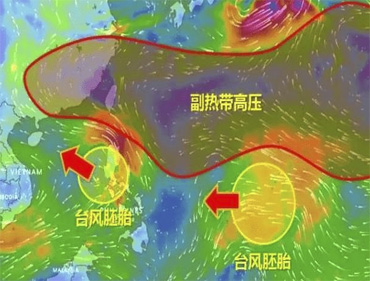|
||
|
||
|
||
|
|
||
|
||
|
|
||
|
台风是一个围绕低气压中心快速旋转的巨大涡旋,它内部的上升气流把大量的水汽带到高空,凝结成水滴后便形成暴雨。当台风登陆后,虽然粗糙不平的地面削弱了它的风力,但它从海洋携带的高温高湿空气仍在高空继续上升和凝结,不断制造出大量的雨滴。如果潮湿空气遇到山脉,迎风坡还会迫使潮湿空气加速上升和凝结,产生更大的暴雨。另外,有的台风登陆后,已经“累”的走不动了,就在一个地方停滞徘徊,把带来的水汽集中倾泻在一个地区,导致更严重的暴雨灾害。 |
||||||
| Default Latest Most Read | ||||||
|
Please wait a minute...
|

 Typhoon during the formation of a rainstorm
Typhoon during the formation of a rainstorm
